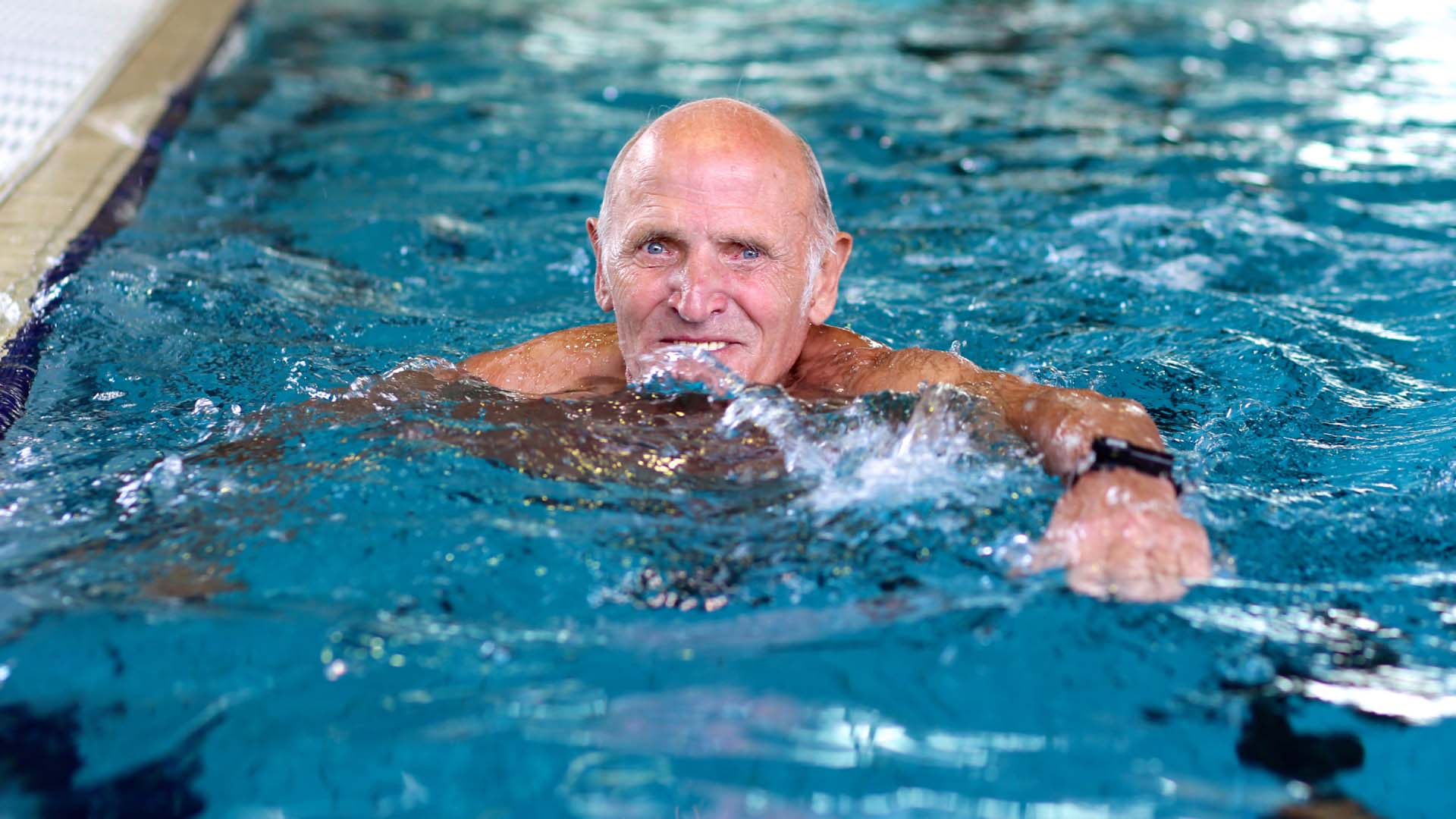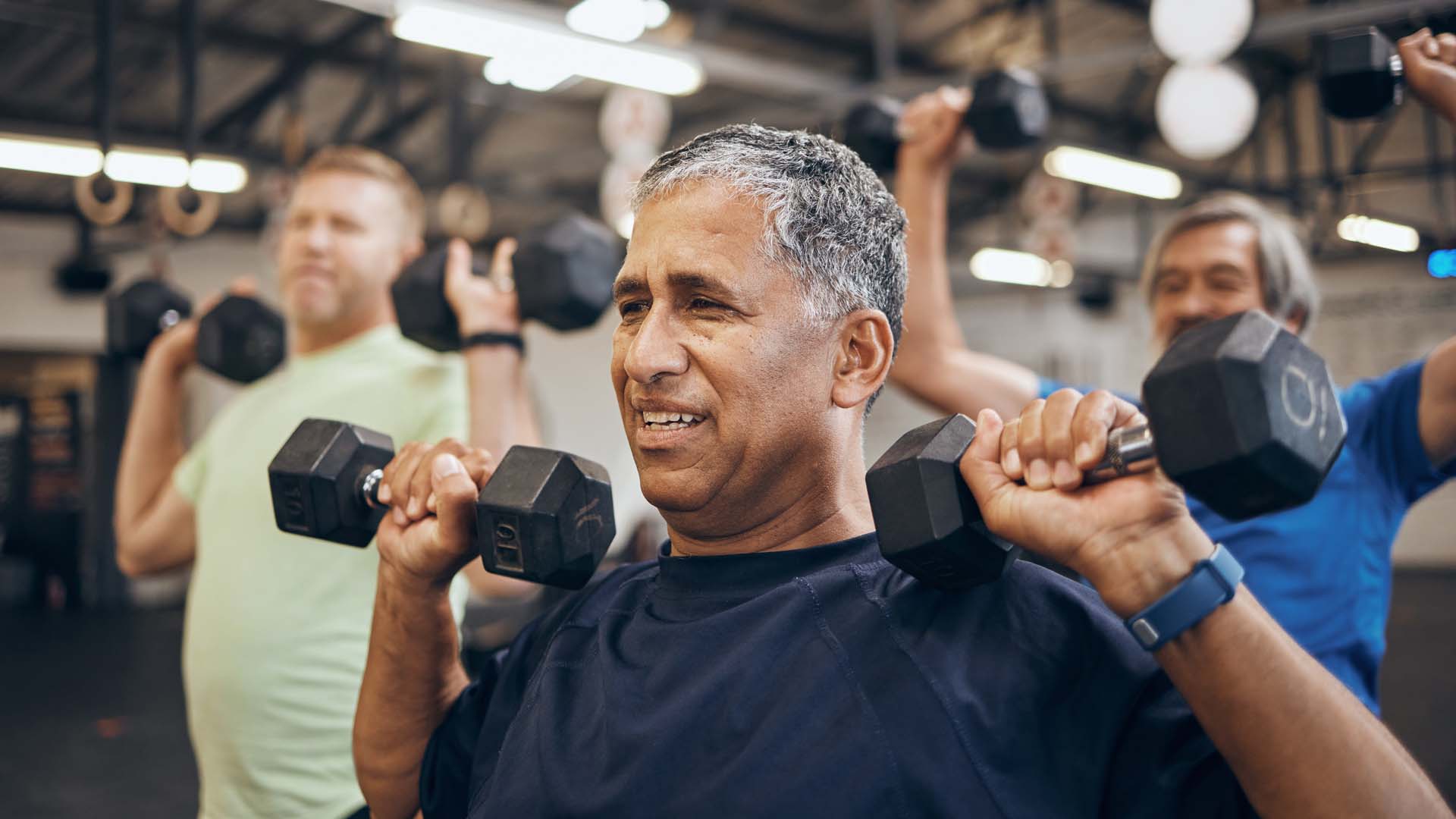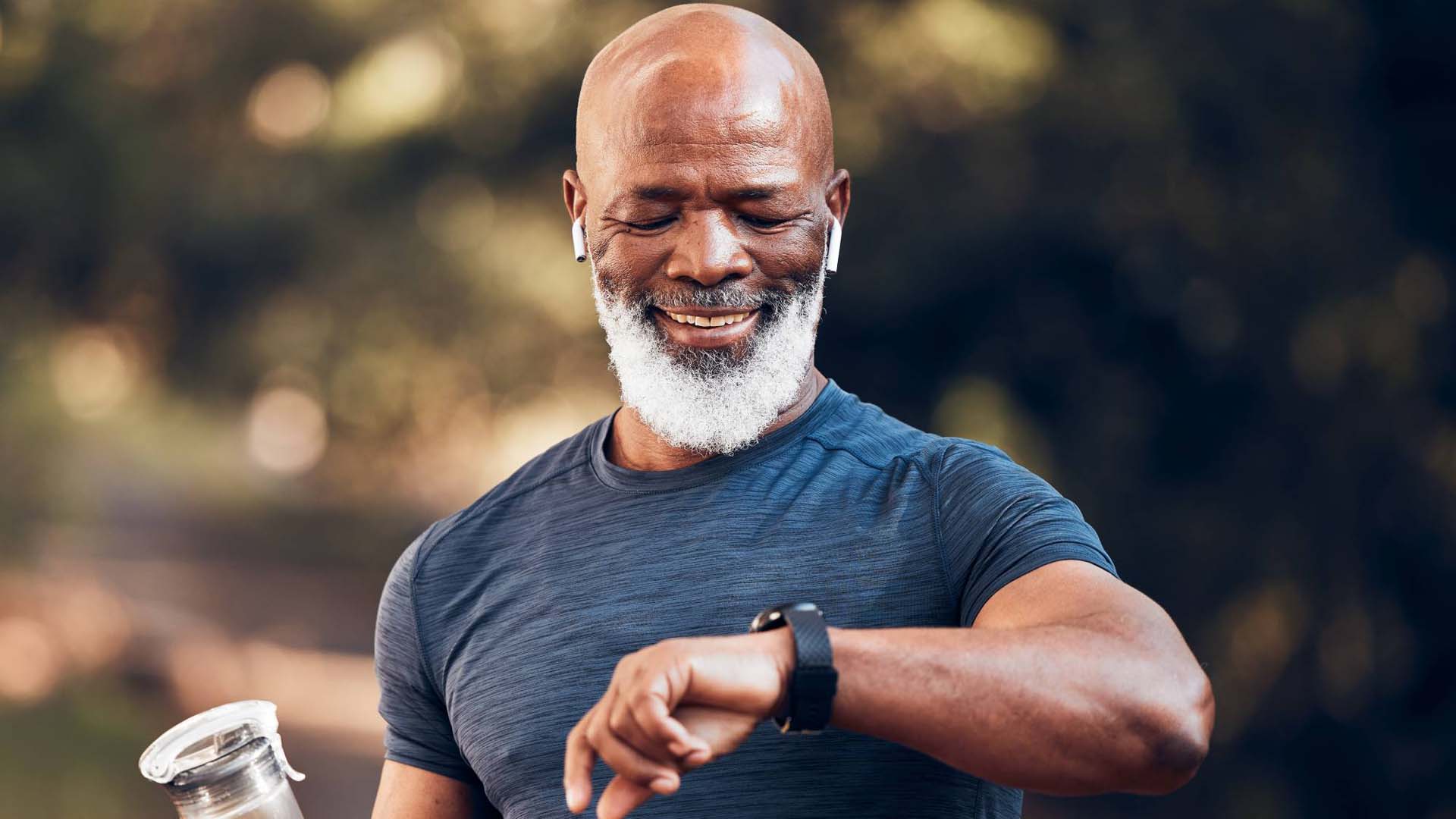12 reasons why swimming is good for you
Swimming is a great form of exercise for almost everyone - we set out the key health benefits.

Swimming is a great form of exercise for almost everyone - we set out the key health benefits.

Swimming is a popular way for many of us to relax, get fit and improve flexibility. Ask anyone who swims why they do it, and their responses will probably be as varied as their stroke preferences and the goals they’re working toward.
Whether you’re curious about how swimming can benefit you or you simply need more convincing to swim regularly, here are 12 key reasons why exercising in water is good for you.
While all types of cardiovascular exercise are good for tackling stress, swimming is unique in that the feeling of buoyancy and being supported by the water has an instantly calming effect. This can help you to zone out and switch off when in the water.
Swimming is also a brilliant mindfulness activity. You can give swimming mindfully a go next time you’re in the water by shifting the focus to your breath, paying more attention to how the water feels as you move through it, and trying to shift your focus to enjoying the moment.
Swimming can also have a positive impact on many areas of your mental health and wellbeing, including improving mood, increasing self-esteem, slowing cognitive decline and even improving sleep.
In 2018, Swim England commissioned YouGov to carry out research into how swimming helps people with mental health conditions.
The study found that swimming helped to reduce the symptoms of anxiety and depression for 1.4 million adults in Britain.
Almost half a million adults polled as part of the research said swimming helped to reduce the number of visits they made to a medical professional about their mental health.
Swimming engages all the muscles in your body including your legs, arms, back and core to enable you to push against and move through the resistance of the water. This helps to build strength and endurance.
It’s also a great form of cardiovascular exercise as it helps to strengthen your heart and lungs.
Here are some other ways swimming gives us a good workout:
Swimming is an effective way to burn calories.
Swim Ireland estimates that you could burn as many as 650kcal after swimming for an hour – but they add this would depend on how efficiently you swim (another aspect of swimming altogether).
What is handy to know, though, is how the four main swimming strokes – breaststroke, backstroke, freestyle and butterfly – stack up in terms of what can be achieved in a 30-minute swim.
Swim England has found that breaststroke burns the least energy of the four main strokes, at around 200kcal for half an hour. This is due to its typically slow style – unless you’re an elite swimmer such as renowned breaststroke specialist Adam Peaty, of course.

But on the other hand, breaststroke offers a better cardiovascular workout than the other swimming strokes. As well as strengthening your heart and lungs, breaststroke also tones your thighs, upper back, triceps, chest muscles, hamstrings and lower legs, so it has many plus points.
Backstroke burns around 250kcal on average per 30-minute swim. Again, it offers other benefits including toning your stomach, legs, arms, shoulders and buttocks as well as improving the flexibility of your hips.
Freestyle is the fastest of the four strokes but not the biggest calorie burner, clocking up around 300kcal per 30-minute swim. But it has unique advantages too, as it tones your stomach, buttocks and shoulders and has the biggest impact on toning your back muscles.
Unsurprisingly, butterfly – said to be the hardest stroke to learn – also burns the most calories, with an average calorie burn of 450kcal for a 30-minute session. Butterfly is the most effective all-round stroke for toning and building muscles.
Swimming butterfly improves your upper body strength, tones your chest, stomach, arms and triceps.
It also uniquely increases your flexibility and suppleness, and stretches out your body to improve your posture.
“Regular swimming has been proven to help reduce the risk of chronic illnesses such as heart disease, stroke, and type 2 diabetes,” explains Andrew Power, water wellbeing specialist at Swim England.
“It is also beneficial for those with arthritis, obesity, and joint pain, as the buoyancy of water reduces the impact on joints.”
Swimming is open to all and removes barriers to exercise such as poor mobility or lack of fitness.
“Water has a unique ability to support those who may be hesitant to engage in other forms of physical activity, either due to lack of fitness, chronic pain, lack of balance, poor mobility or other barriers,” Power explains.
“We know from our own research that one in three people with a long-term health condition or impairment would prefer to swim if given the choice.
“Due to the unique properties of water, swimming can help people with long-term health conditions to be more active,” he adds. “The buoyancy supports those with balance problems and helps to reduce the risk and fear of falling.”

As your body is supported by the buoyancy of the water when you swim, it’s an excellent form of non-weight bearing exercise. Exercising in water is gentle on your body and places minimal strain on your bones and joints.
Swim England estimates that as much as 90% of your body weight is supported by the water, so it’s a great way to keep active when you’re experiencing joint pain or you’re recovering from injury.
Swimming is a great way to keep active when you’re experiencing joint pain or you’re recovering from injury.
The effect of the water supporting your bones and joints is also significant as it can help with reducing pain in people with musculoskeletal problems.
Another study found regular swimming reduced joint pain and stiffness associated with osteoarthritis. Participants also experienced improved muscle strength and an increase in functional capabilities such as handgrip strength, and knee extension and flexion power.
The research also found swimming offers many of the same benefits as land-based exercise that’s often recommended to people with osteoarthritis, such as cycling.
In 2017, the Swimming and Health Commission published its report into the health and wellbeing benefits of swimming.
It found that any amount of swimming is associated with a 28% lower risk of early death, compared with people who never swim at all.
Added to this, swimming can also decrease your risk of death due to heart disease and stroke by 41%.
Participants in Swim England’s Dementia Friendly Swimming project reported improvements in their wellbeing as a result of regularly swimming - such as pain reduction and improvements in their balance, their ability to carry out everyday activities, and their general fitness.
They also experienced benefits to their mental health, mood, confidence, ability to concentrate and reduced anxiety.
An analysis of existing research into how swimming benefits your health and wellbeing suggests it can have a positive impact on improving your lung capacity and pulmonary health, making it a great choice for people living with long-term lung conditions such as asthma and COPD.
Swimming and aquatic exercise can also improve your respiratory muscle strength and lung function. Swim England says that boosting lung capacity is one of the main benefits of swimming.
Women gradually start to lose bone mass from their mid-30s onward. Added to this is declining oestrogen levels as we move through the menopause years can further reduce bone density and bone strength.
A newly published cross-analysis of existing research into the bone health benefits of swimming, suggested that it can indeed be beneficial.
Researchers found that swimming does seem to improve bone density, and when we swim, the positive effect on bone health is triggered by the force that’s generated within our joints as we move against the resistance of the water.
They also found that aquatic exercise can provide painkilling effects to further minimise joint aches and pains, while also helping to boost bone health.
Julie Penfold has been a specialist health and wellbeing journalist for more than 15 years and has been a finalist in three prestigious health and medical journalism awards during that time.
She has written for a wide variety of health, medical, wellbeing and fitness magazines and websites. These have included Running, TechRadar, Outdoor Fitness, Be Healthy, Top Sante, Doctors.net.uk and The Guardian’s Social Care network.








Your questions answered about what really is a good 5k time.